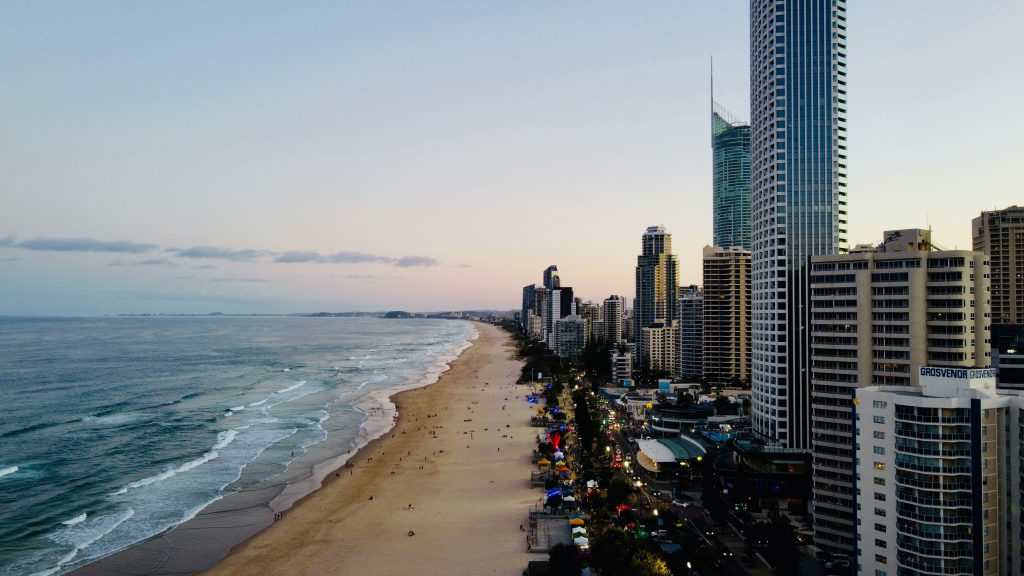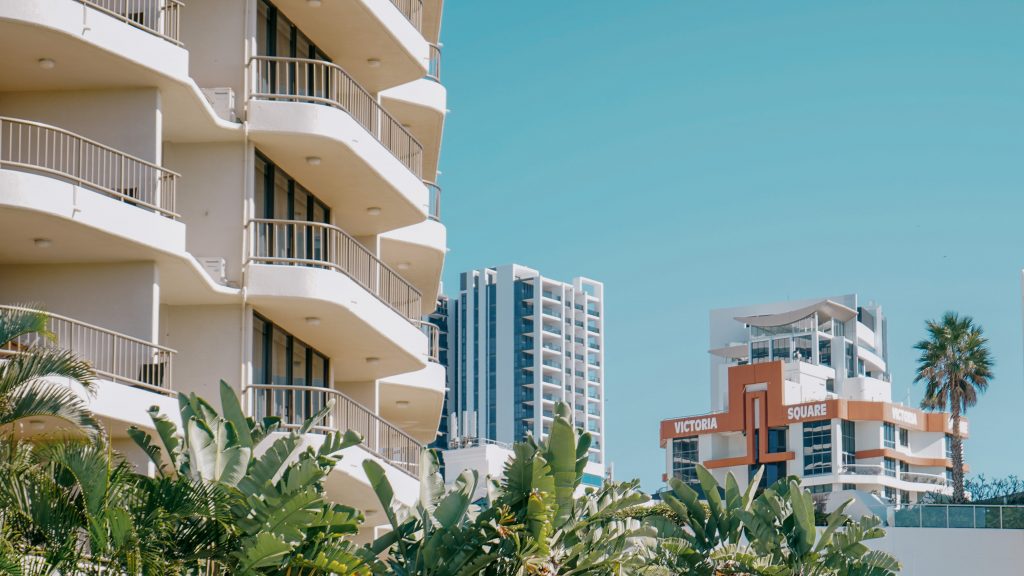Buyers are enjoying more choice during a busier-than-usual winter, after the strongest annual increase in the total number of homes for sale in more than a decade.
PropTrack economist Angus Moore said the increased choice sets up buyers to get a head start on the spring selling season, traditionally the seasonal peak period for housing market activity.
“The stronger-than-typical winter we’ve had so far is giving buyers more to choose from, particularly compared to last year,” Mr Moore said.
With homes taking longer to sell, the latest PropTrack Listings Report showed the overall number of properties advertised for sale on realestate.com.au rose by 4.9% in July compared to a year earlier – the largest year-on-year increase since 2010.
“That’s good news for buyers, particularly after a very competitive past couple of years, and the extra choice will let many get a head start on the typically busier spring selling season,” Mr Moore said.

He said the strong year-on-year growth in total supply, which included record increases in Sydney and Hobart, was partly due to the increase in stock available for sale this year and properties taking longer to sell.
It was also driven by the fact that options were limited in July 2021, when markets like Sydney, Melbourne and Adelaide were in lockdown for part of the month, he added.
Mr Moore said selling conditions have begun to moderate from their very strong levels earlier in the year and measures of buyer demand have declined off their highs.
“It is taking longer to sell homes, and auction clearance rates have fallen.
“At the same time, buyers have had more properties to choose from in recent months.
“The wave of new supply coming to market over the first half of the year, particularly in Sydney, Melbourne and Canberra, has lifted the stock available on market and helped make conditions a bit less competitive for buyers.”
Mr Moore said activity in property markets around the country is expected to pick up over the next few months in line with the typical seasonal peak in spring.
He said conditions more broadly will be in large part dictated by how quickly the Reserve Bank of Australia continues to lift interest rates, after 175 basis points of hikes to the cash rate since May.
“What happens from here depends on how much further the RBA continues to raise interest rates and how quickly they do so. That will affect how much people can borrow and therefore what people are prepared to pay and how in-demand property is.
“Obviously they’ve moved very briskly thus far and that’s putting downward pressure on prices.”
“Options remain more limited in Brisbane and Adelaide, where buyers have faced low stock for some time.
“After a long period of strong demand, competition remains tough for buyers searching in Brisbane with the total stock of properties listed for sale still down more than a quarter compared to pre-pandemic levels.”
The report showed total supply remains low in regional areas but improved a little in July, up 1.5% month-on-month
While options for regional buyers have improved somewhat in the past couple of months, the available stock for sale remains restricted. Regionally, the total stock available for sale is around 40% below pre-pandemic levels.
Winter drop in new listings
Mr Moore said activity has slowed during the typically quieter winter period, following the wave of newly-advertised stock for sale with more new listings nationally across the first half of 2022 than during any year since 2015.
The number of newly-listed properties for sale on realestate.com.au fell 12.2% in July compared to June. But Mr Moore said July was busier than a lockdown-affected July 2021, with new listings up 6.5%.
New listings in capital cities had a monthly decline of 12.7% due to the winter slowdown. However, new listings were up 8.7% compared to July 2021, again partly due to lockdown impacts last year.
“Even so, new listings were busier than has been typical for the middle of winter over the past five years,” Mr Moore said.
New listings fell in all capital cities in July compared to June, which is typical for winter.
Mr Moore noted new listings in Sydney, Melbourne and Adelaide rose strongly compared to their lockdown-affected July 2021 levels.
He said Hobart continued its busy year with new listings up 25.1% on a year earlier.
Regionally new listings were down 11.4% month-on-month, but again July was busier than typical for mid-winter with a 3.2% increase on the same time last year.
Source: Proptrack





